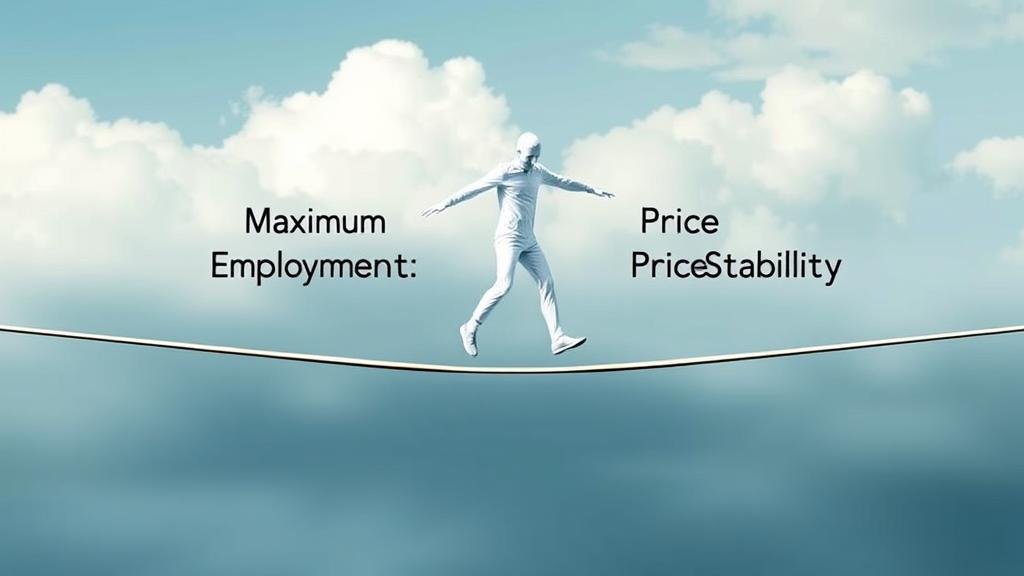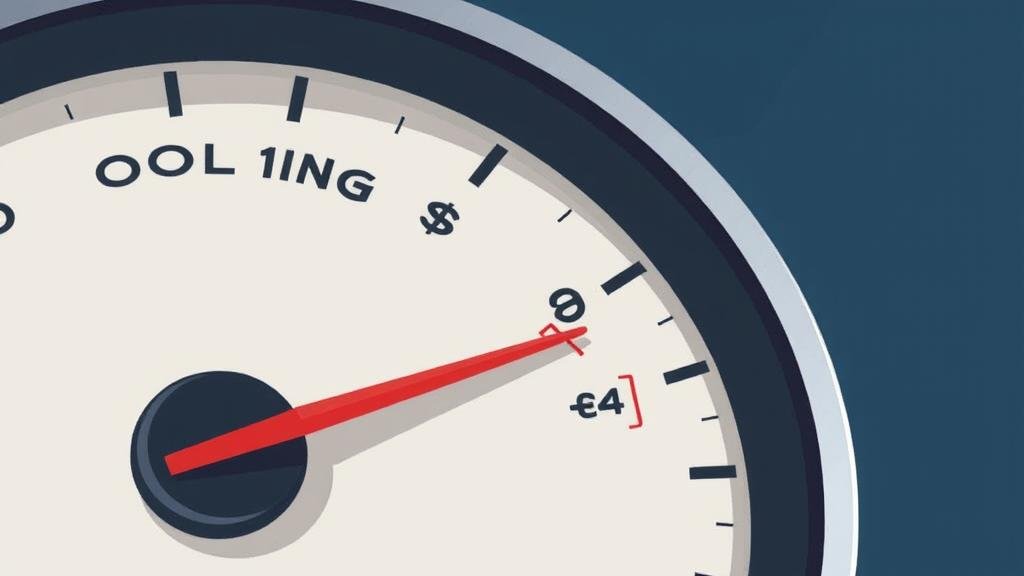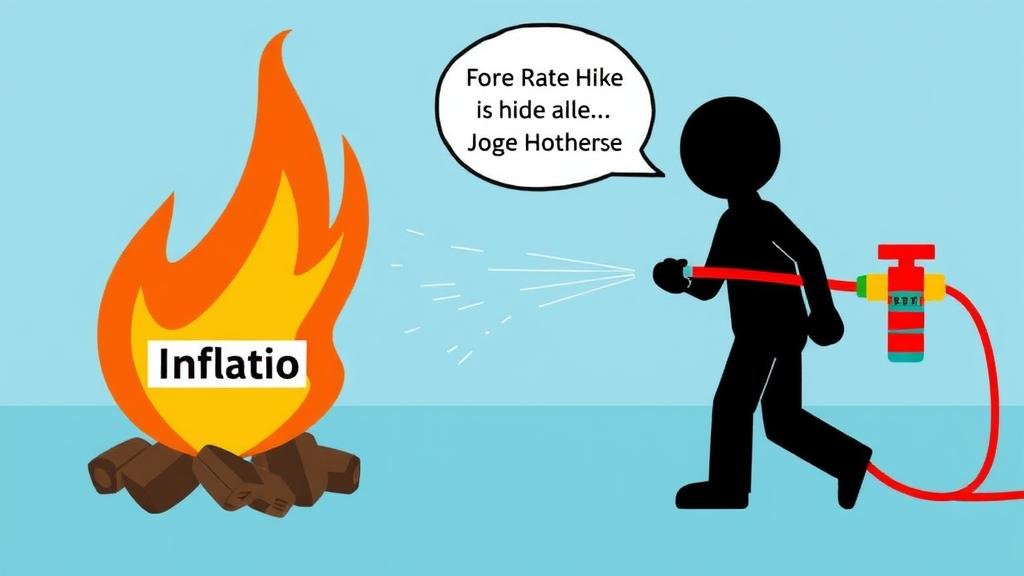The Fed’s Tightrope Walk: Inflation, Recession, and Your Money

The Fed’s Dual Mandate: A Balancing Act
To understand the Federal Reserve’s current high-stakes decisions, you need to know about their “dual mandate.” It’s not a blockbuster movie title, but it describes their two primary jobs:
- Maximum Employment: Ensuring that nearly everyone who wants a job can find one.
- Price Stability: Keeping inflation in check, with a target of 2%.
For the past couple of years, the mission was clear: tame soaring inflation. To do this, they increased interest rates to cool the economy. The problem now is that the economic data is sending mixed signals, making Fed policy a difficult balancing act. It’s like trying to satisfy two conflicting demands at once.

The Case for a Pause: A Cooling Labor Market?
Recent economic indicators are crucial to the Fed’s decisions. One recent jobs report showed that the U.S. added only 119,000 jobs in September. For economists, a slowdown in job growth is a positive sign. This “cooling” of the labor market is what the Fed wants to see. It suggests that businesses are not as desperate to hire, which helps to prevent prices from spiraling out of control.
This slowdown is evidence that the rate hikes are working. Those who advocate for pausing the hikes argue that another increase could push the economy from a gentle slowdown into a full-blown recession.
The Plot Twist: Missing Data
Just as the Fed needed reliable data, a potential government shutdown led the Bureau of Labor Statistics (BLS) to cancel the October jobs report. This means the Fed is operating with incomplete information, making a “data-dependent” decision much more challenging.

The Case for Another Hike: Stubborn Inflation
On the other hand, inflation has been persistently high. While the jobs data might suggest a pause, the inflation numbers tell a different story. Although it’s down from its peak, inflation is still stubbornly above the Fed’s 2% target.
Furthermore, some sectors of the economy, like home sales, are showing surprising resilience despite high mortgage rates. When demand remains strong, prices tend to stay high.
Fed Chair Jerome Powell has repeatedly stated his commitment to bringing inflation back to the 2% target. He understands from history that easing up on monetary policy too early can lead to a resurgence of inflation. Those who support another rate hike see it as an “insurance” measure to ensure that inflation is truly under control.

What This Means for You
So, what does this economic drama mean for your personal finances?
- → For Borrowers: The dream of a cheap mortgage is likely to remain out of reach for a while longer. If you have a credit card or a variable-rate loan, expect your interest rates to stay high.
- → For Savers: There’s a silver lining. High-yield savings accounts are now offering attractive returns. For the first time in over a decade, your savings account can do more than just store your money—it can actually grow.
- → For Investors: Wall Street dislikes uncertainty. The market is likely to be volatile as investors react to every word from the Fed. Expect mood swings in the market as everyone tries to predict the Fed’s next move.
The Final Word
The Federal Reserve is in a difficult position, with conflicting economic signals and incomplete data. The upcoming decision will be about choosing the least-bad option.
So, what should you do? Focus on what you can control. Build up your emergency fund, pay down high-interest debt, and be mindful of your spending. The economic forecast is uncertain, so it’s best to be prepared for a range of possibilities.